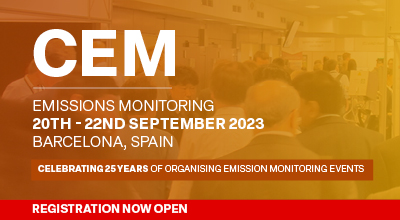| Abstract Title: | Monitoring real time FTIR VOC emission measurements of renewable gasoline-powered small ICEs with gas chromatography |
| Presenter Name: | Mr Georg Stefan Pfleger |
| Company/Organisation: | University of Graz |
| Country: | Austria |
Abstract Information :
As air pollution still is responsible for millions of premature deaths per year globally, measures to reduce emissions of toxic compounds are necessary. To take effective counter measures first type and amount of respective pollutant emissions must be known. This causes the need for effective and robust measurement systems for pollutants. For the measurements of volatile organic compounds (VOCs) gas chromatography (GC) is a very well-suited analytical method especially if gas mixtures shall be analyzed. However, gas chromatography is relatively slow and hence only has limited suitability for real time monitoring of VOCs. Infrared (IR) spectroscopy is a method with very high measurement and quantification frequencies and therefore is suited for real time measurement of VOC emissions. However, evaluation of data obtained by IR spectroscopy is much more challenging compared to GC as no preceding separation of respective gas mixtures is performed and hence spectral interferences (i.e. if different molecules absorb IR radiation at the same wave number) can seriously impact the trueness of respective methods. This leads to the problem that the developers of analytical methods using IR spectroscopy need very accurate assessments of the type of compounds that can typically be found in the analyte mixtures of interest in advance. Otherwise, IR methods can be either completely blind for individual analytes or they can also give false positive results (i.e. a molecule is detected even though it was not present due to spectral interferences). Whilst the problem can be handled for routine applications it can lead to serious errors if the investigated gas mixtures show significant variations as it can be the case in research and development. If this is the case, GC delivers a slow but very robust and accurate method to control the results of IR measurements. The presented data will allow to discuss the effects of the use of alternative gasoline fuels on the trueness of existing Fourier transformation infrared spectroscopy (FTIR) methods for hydrocarbon exhaust emissions of small ICEs. This should be representative for other applications where existing FITR methods are used for varying analytes. GC was used as a “gold-standard” method to check the FITR results and partially large errors could be detected caused mostly by spectral interferences. Whilst ways to achieve better FTIR methods are rather straight forward the detection of possible errors is not. Therefore, GC appears to be a very well suited complementary analytical method at least at early stages of FTIR method development.

